A Complete Analysis of “Golden Evening” by Carl Spitzweg
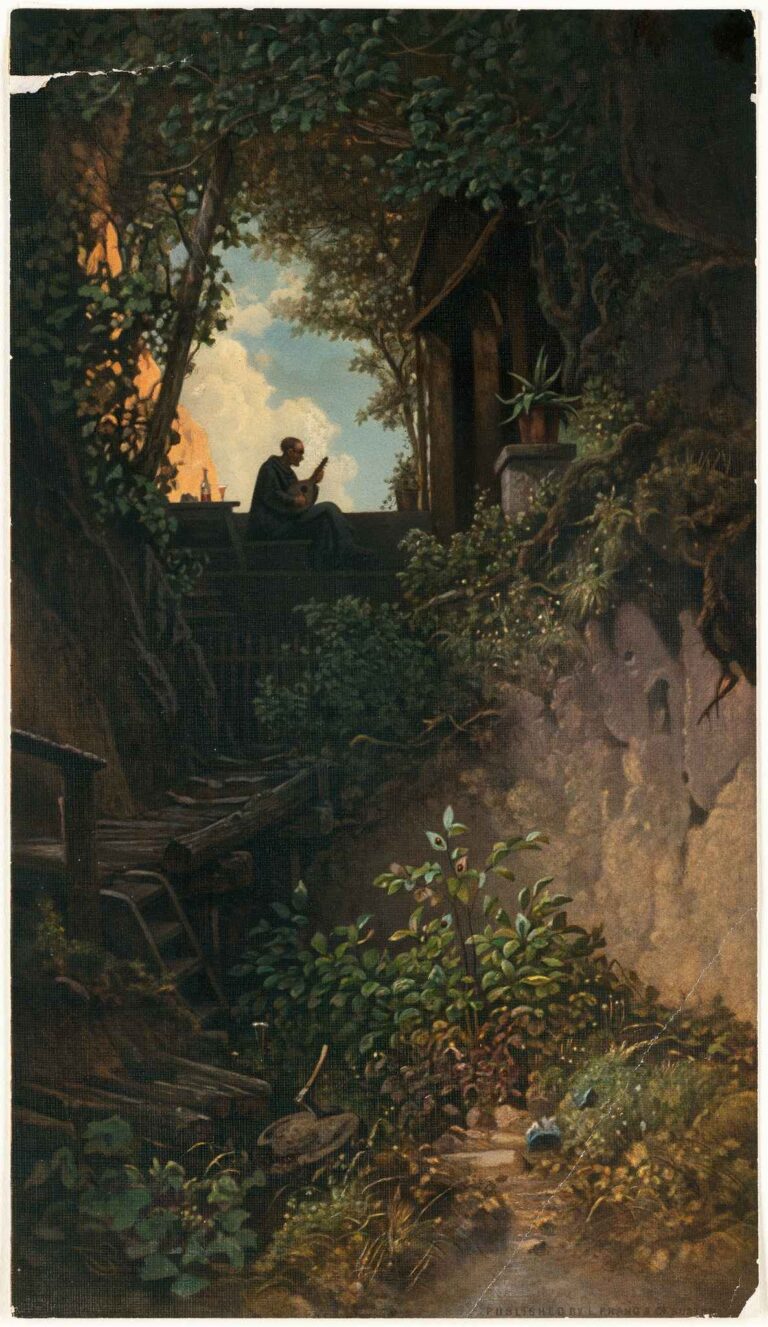
Carl Spitzweg’s Golden Evening captures serene solitude as a lute player rests in golden twilight, blending Romantic nostalgia with poetic natural beauty.
Your blog category

Carl Spitzweg’s Golden Evening captures serene solitude as a lute player rests in golden twilight, blending Romantic nostalgia with poetic natural beauty.
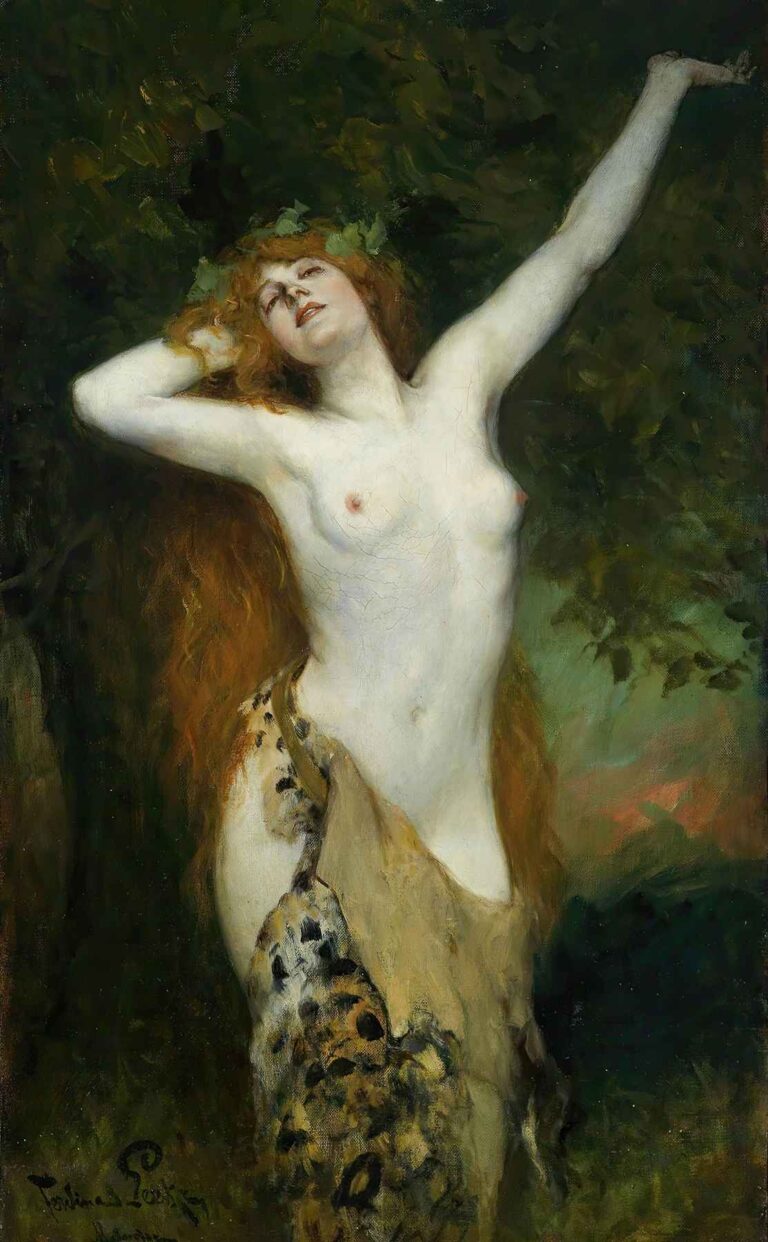
Ferdinand Leeke’s Bacchantin captures Dionysian ecstasy through a radiant nude figure immersed in nature, symbolizing sensual freedom and mythic transcendence.
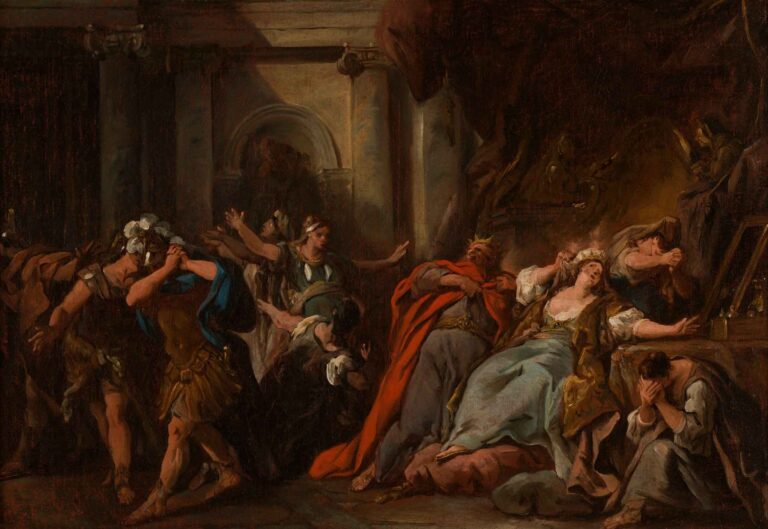
Jean-François de Troy’s Creusa Consumed by the Poisoned Dress captures mythic tragedy with Rococo elegance and Baroque intensity in a moment of fatal beauty.
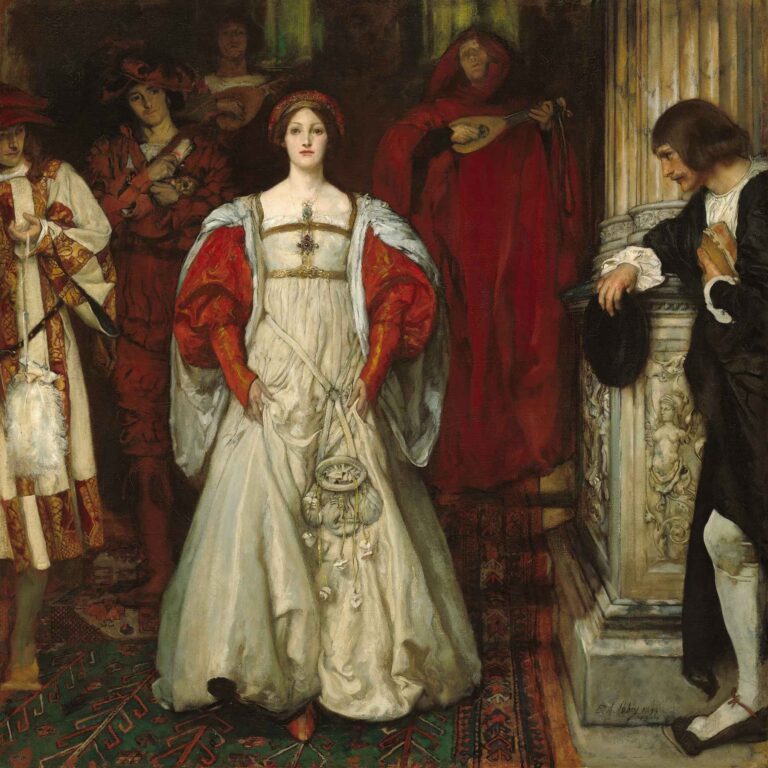
Edwin Austin Abbey’s Who Is Sylvia? transforms Shakespeare’s verse into a luminous scene of courtly admiration, poetic idealism, and timeless beauty.
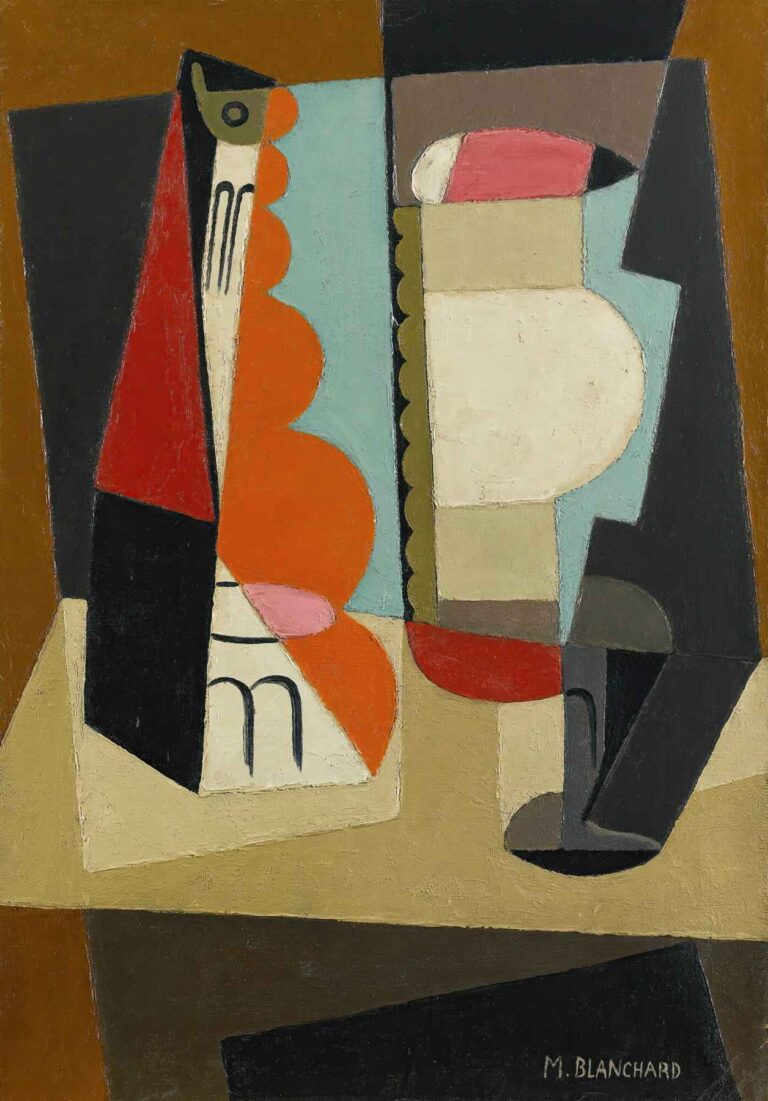
María Blanchard’s Cubist Still Life (1917) blends geometric structure and lyrical color to reveal a bold, personal vision within early Cubist abstraction.
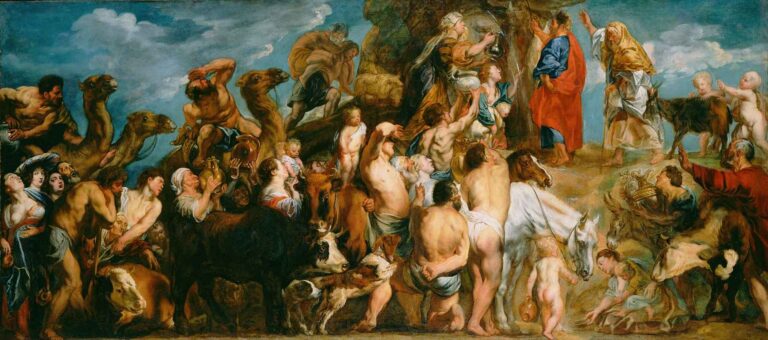
Jacob Jordaens’ Moses Striking Water from the Rock captures divine intervention and human desperation in a vivid Baroque masterpiece of biblical storytelling.
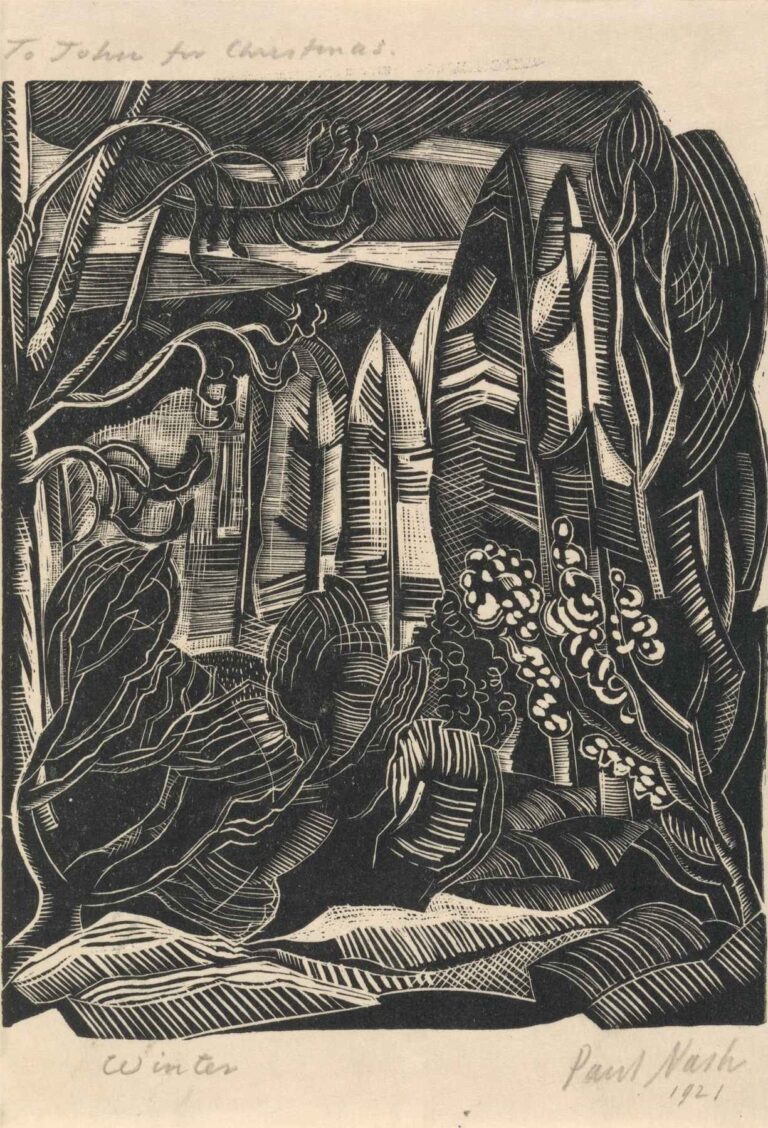
Paul Nash’s Winter, Hampden (1921) transforms a wintry landscape into a poetic wood engraving rich with symbolism, texture, and emotional depth.
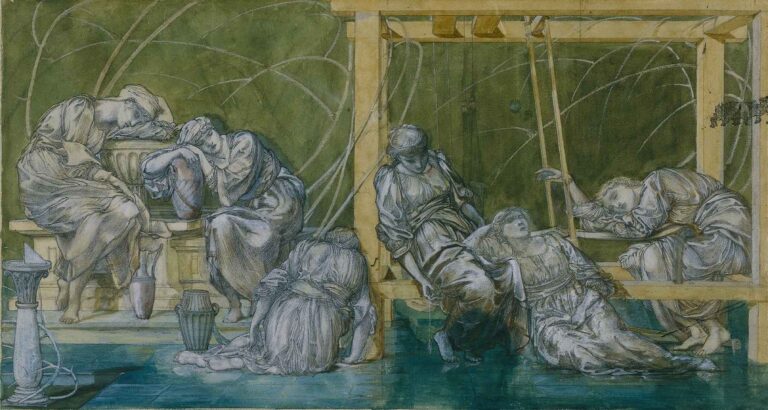
Burne-Jones’s The Garden Court evokes timeless stillness and poetic melancholy in this haunting scene of sleeping maidens caught in enchanted slumber.
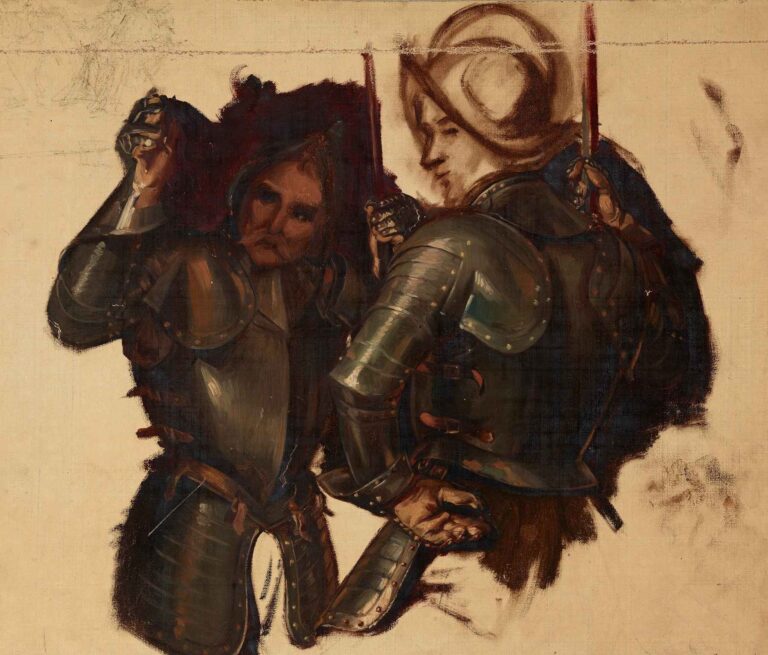
Józef Simmler’s Figures of Armoured Guards reveals emotional depth and dramatic tension in this powerful study for Catherine Jagiellon in Gripsholm Prison.
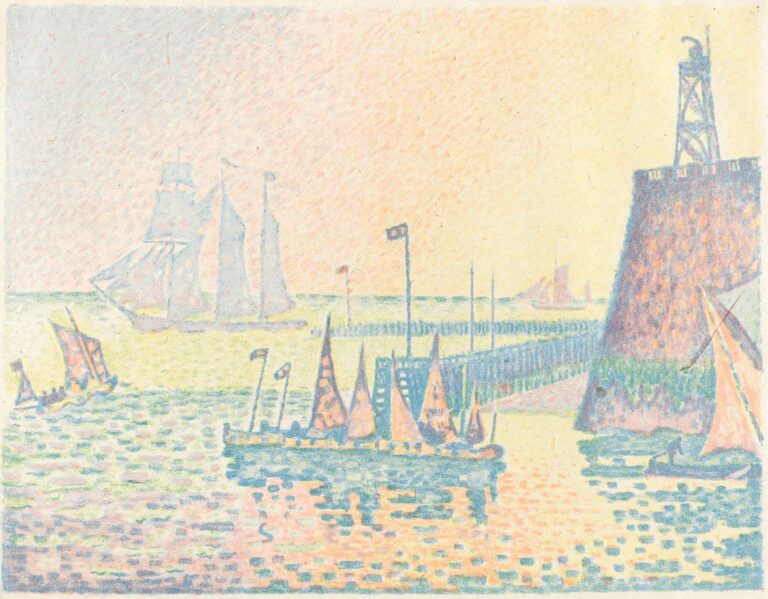
Paul Signac’s Evening (1898) captures a tranquil harbor at dusk through luminous pointillist color, reflecting harmony, light, and poetic serenity.
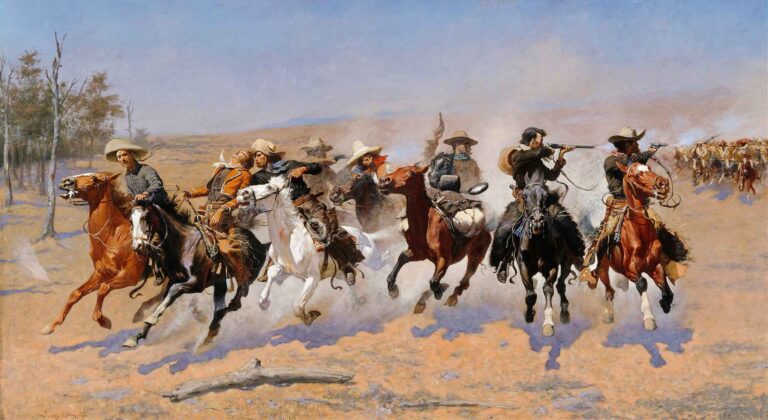
Frederic Remington’s A Dash for the Timber captures the raw speed, danger, and heroic spirit of the American West in a thrilling frontier escape scene.
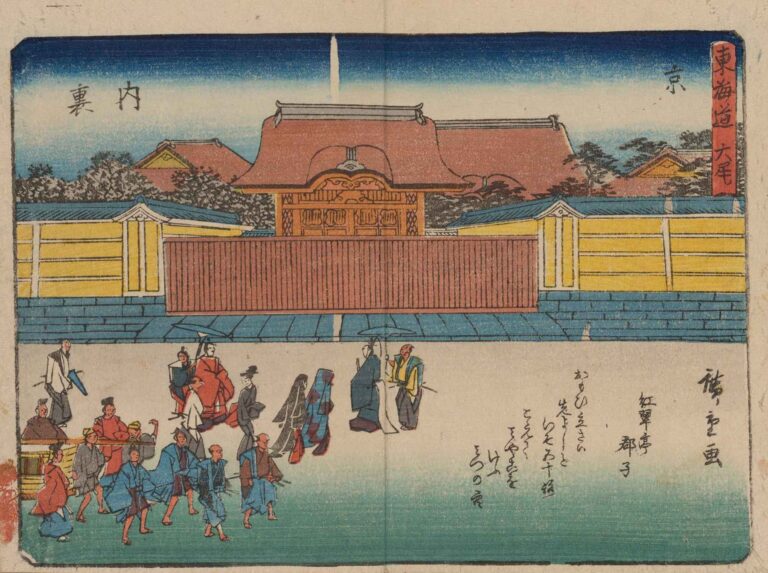
Hiroshige’s Tōkaidō Gojūsan-tsugi, Plate 56 captures the arrival in Kyoto with elegant architecture, vivid color, and the quiet dignity of travel’s end.
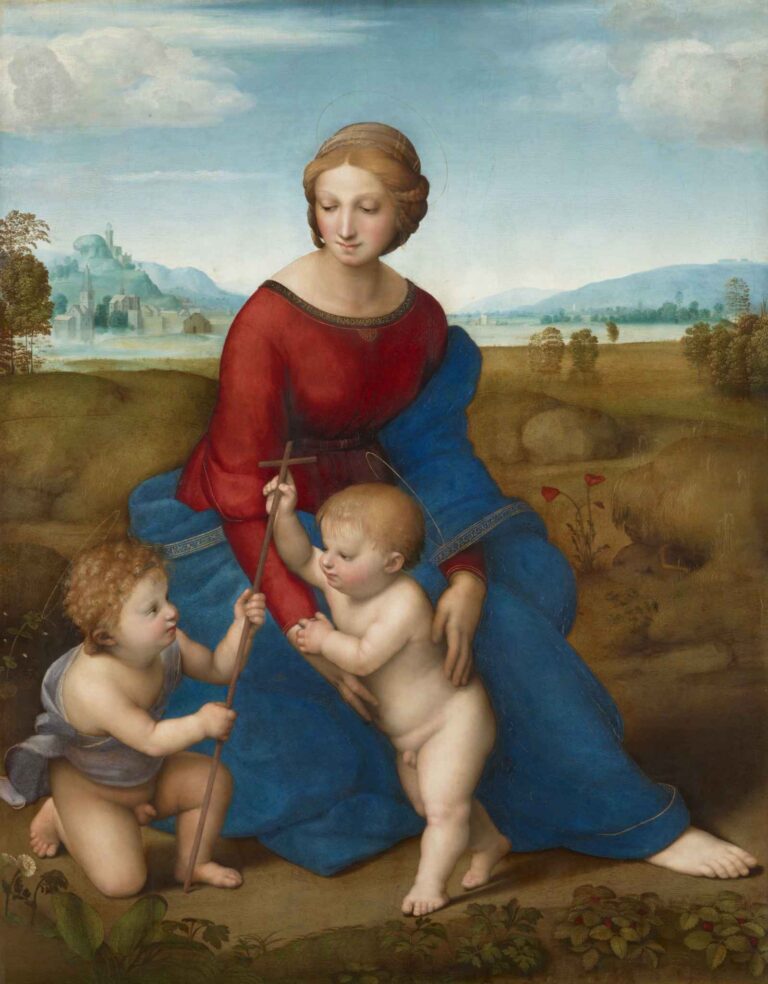
Raphael’s Madonna in the Meadow blends divine grace, maternal warmth, and Renaissance harmony in a serene landscape of spiritual beauty.
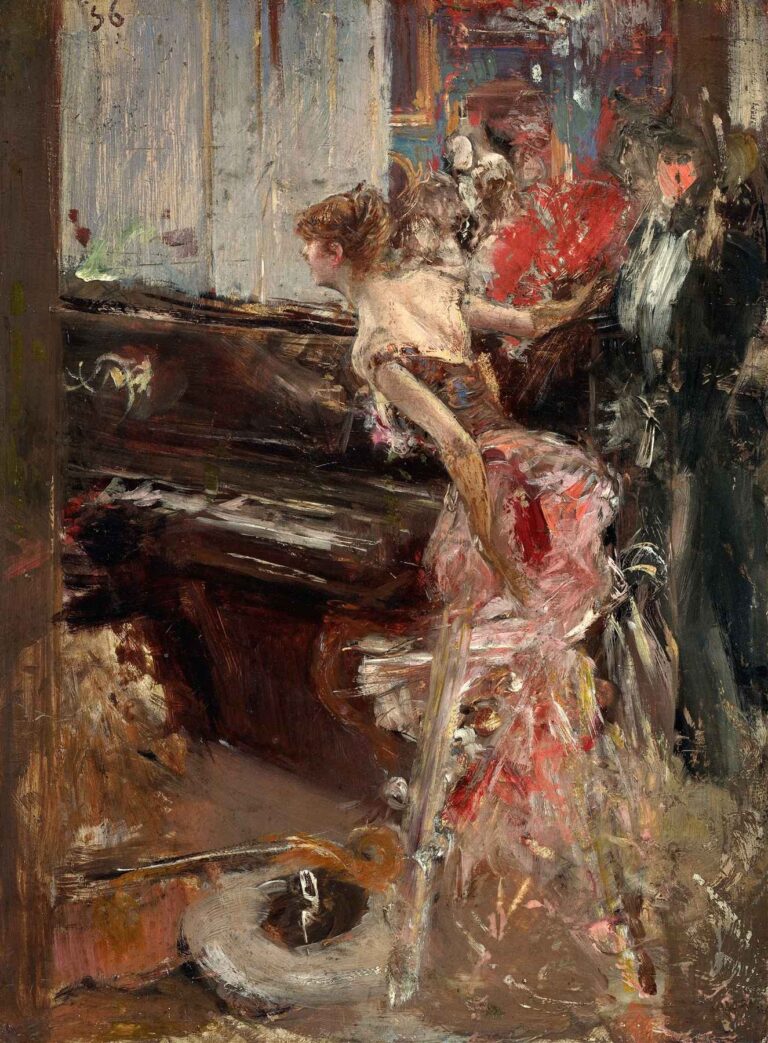
Giovanni Boldini’s Recital captures the elegance, motion, and emotion of a Belle Époque performance with dazzling brushwork and dramatic flair.
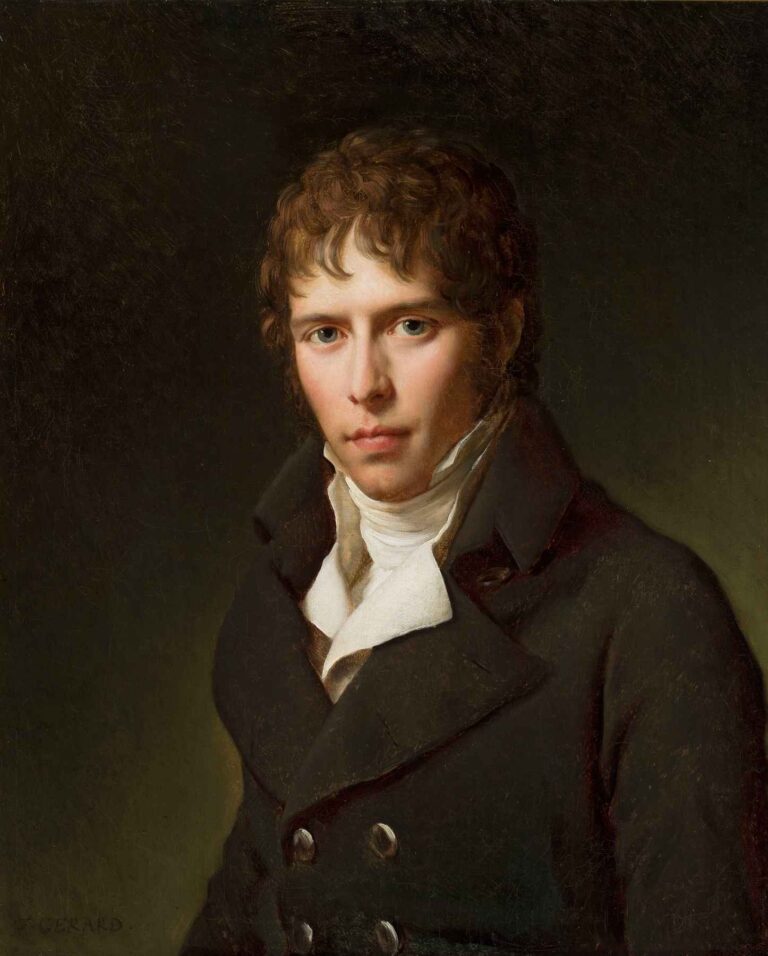
Discover François Gérard’s 1803 masterpiece Portrait of Stanisław Mniszek, a finely wrought Neoclassical depiction of the Polish nobleman defined by its psychological depth and elegant restraint.
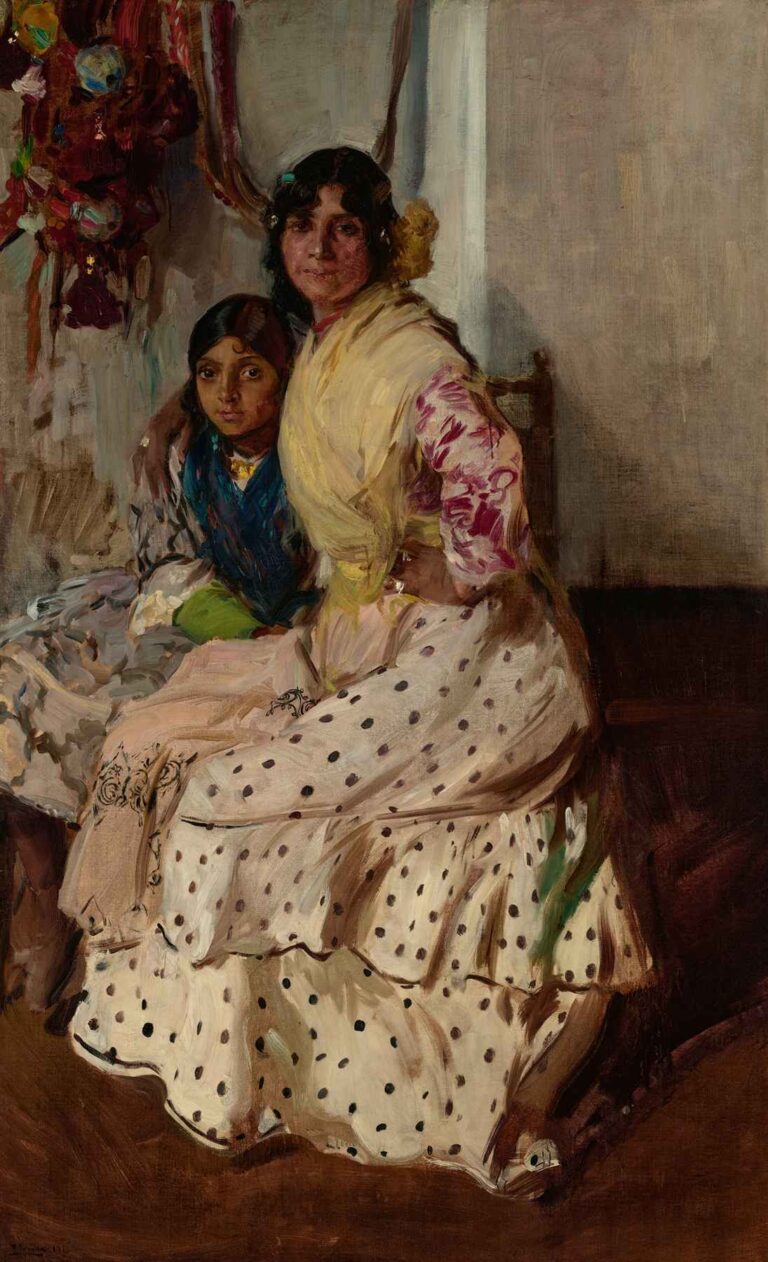
Explore Joaquín Sorolla’s 1910 portrait Pepilla the Gypsy and Her Daughter, an intimate, richly textured interior scene revealing the bond between a Romani mother and child.
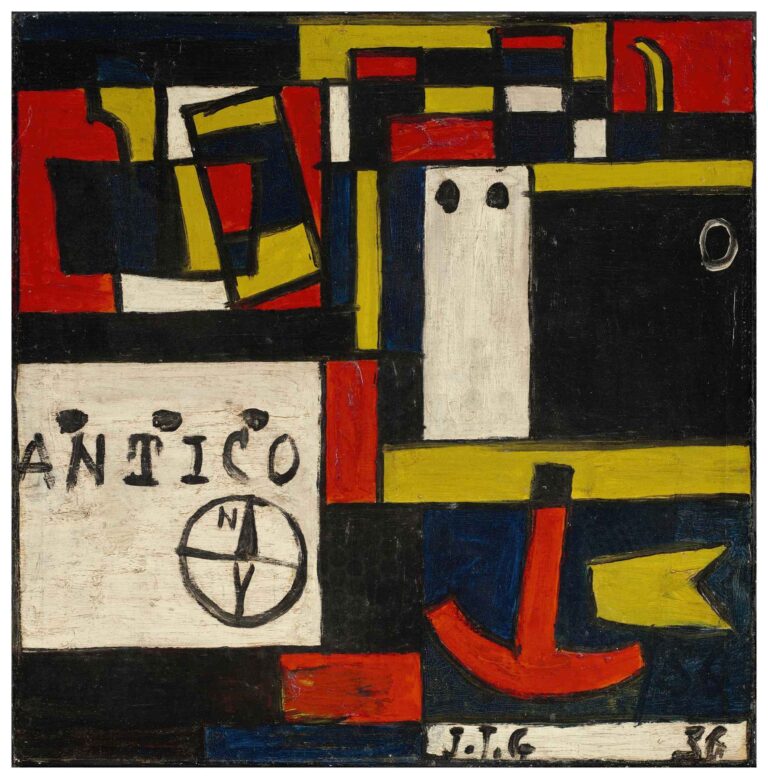
Explore Joaquín Torres-García’s 1936 Constructive Transatlantic, a vibrant grid-based abstraction punctuated by a compass rose, anchor motif, and the word “ANTICO.”
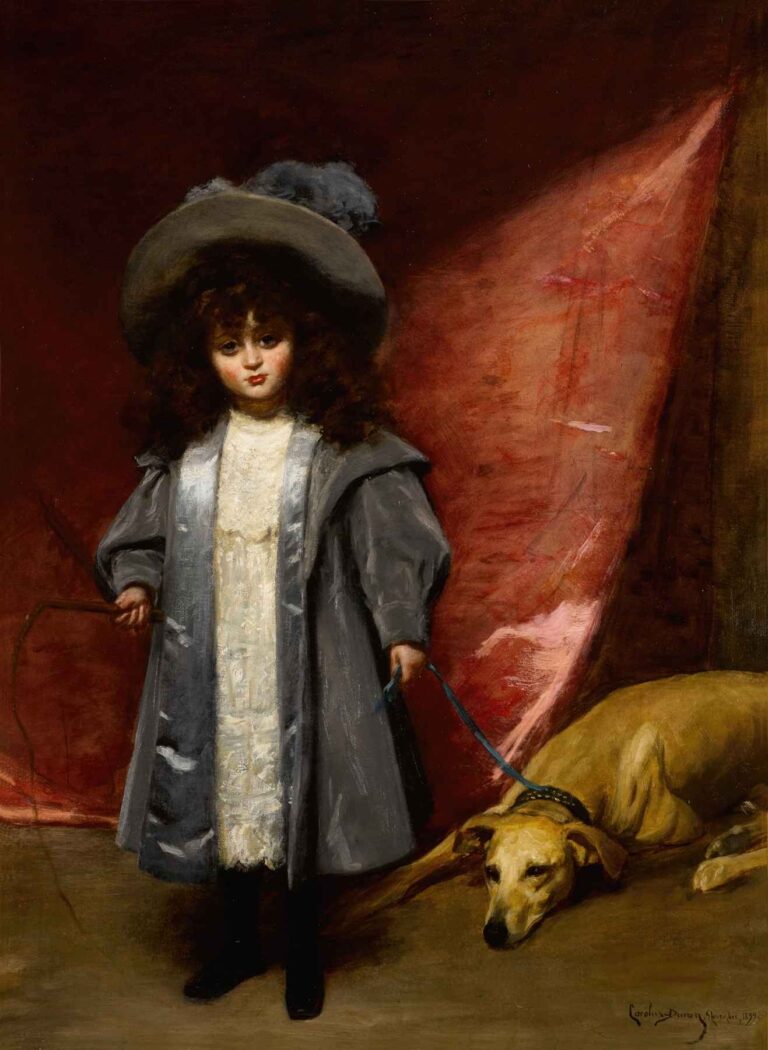
Discover Carolus-Duran’s 1899 portrait “Child with Dog,” where a poised young girl in Victorian attire stands before a red drape, holding the leash of a greyhound.